2023 is set to be a big year for the metaverse with the anticipated arrival of Apple’s mixed reality headset and other VR headsets paving the way for an educational revolution.
The metaverse is not just an idea from a futuristic novel. It’s already here, and it’s becoming an increasingly important part of our everyday reality.
The metaverse provides schools with an opportunity to utilize spatial computing and artificial intelligence to enhance the student experience and improve learning outcomes.
In 2021, a Brookings study on 100 of the most downloaded educational apps from Google Play and the Apple app store ranked the apps on 4 pillars of educational quality – active learning, engagement in learning, meaningful learning, and social interaction.
In this study, Brookings categorizes apps as either low or high quality based on a scoring system of 0-3 for each of the Four Pillars. Apps scoring ≤4, when summed across all Four Pillars, are considered to be of lower quality.
The findings revealed 50% of these apps had a cumulative score in the low-quality range, and only 7 apps could make it to the top category. The study concluded the urgent need for improved designs guided by the principles of learning and development science. This is where VR and the metaverse come in.
Educators, too, are increasingly seeking tools and applications to enhance online learning via VR-based immersive experiences and game-based learning through metaverse applications.
The metaverse is enabling the classroom of the future, and schools must prepare for the revolution. Let’s learn why.
Why do schools need to ready themselves for the metaverse opportunity?
As remote learning becomes more prevalent, educational institutions should not settle for outdated technology. Instead, they should turn to the metaverse to enhance their teaching methods and unlock the potential of the future.
Schools and universities have been experimenting with multiple virtual learning scenarios for a long time, and metaverse-based learning can be the natural and better extension of classroom learning for an immersive and collaborative learning experience.
Here are seven reasons why schools need to prep up for the metaverse:
1. Hybrid learning
Right now, we still see educators and institutions treating in-person education and virtual learning as distinct paths. This approach stands as a hindrance to enabling the full potential of virtual learning. This is where the metaverse comes in.
- The metaverse enables students to fluidly switch between the two models.
- Most applications for metaverse-based education are for high school and university-level students.
- However, many educators and primary schools have begun implementing a hybrid virtual and classroom learning model.
Among them, Dallas Hybrid Prep is one of the first to use a metaverse platform. The students use their laptops and tablets to access the metaverse.
The hybrid learning model is empowering students to sequentially learn from a book then experience the interactivity and immersion of the metaverse.
For example, in a biology class, students can either study a chapter on the human heart from their textbook, or shrink down and enter what feels like a bus-size model of the human heart as avatars and witness the inner working hands-on.

Medical Room in Axon Park
2. Familiarity with gaming technology
Gen Z and younger learners have grown up playing games like Roblox and Minecraft.
The majority of Roblox’s 202 million monthly active players are under the age of 13 and 66% are under the age of 16. In 2021, two-thirds of Fortnite’s players were young adults (individuals between the ages of 18 and 24).
A study found, 76% of children under 18 are well-versed in video games. This familiarity with gaming technology can be leveraged for education and learning in the metaverse.
- Video games can be used to deliver lessons based on a dynamic learning curriculum, solve complex interactive problems, and imbed skills necessary for a virtual future.
- Being tech-savvy, 97% of students are keen to take a virtual reality course.
- 93% of teachers feel using VR tech in the classroom would excite their students.
The widespread familiarity with gaming technology allows today’s youth to harness the power of virtual reality and the metaverse for teaching and learning.
3. Cost-effective alternative to physical space and campuses
The metaverse offers an affordable solution for experiential learning.
A total of 298,000 K-12 students in the US had enrolled in full-time virtual schools before the pandemic.
- The virtual campus or a set of metaverse-based learning programs can be built at a fraction of the cost. Due to high costs and maintenance challenges in higher education, Nashville, Tennessee-based Fisk University has not purchased cadavers. In order to enhance its pre-med program, the university is using virtual reality cadavers, which are more affordable.
- Metaverse resources are also a cost-effective alternative to physical school buildings, labs, furniture, models, etc., since they can be reused and expanded infinitely.
- Virtual space gives schools the flexibility and freedom to revamp, modify, and scale their infrastructure as and when needed. For instance, Fisk University is adding surgical learning procedures to its med course.
Implementing changes in the educational curriculum or school infrastructure can be slow and expensive in the real world, and colleges are facing budget constraints.
Schools and primary education institutions can set up a virtual infrastructure that anyone can access from anywhere around the world.
4. Enables hands-on learning with simulations
In real-world situations, it’s risky to involve students in things like chemical experiments, dissection of living organisms for anatomy and biological studies, or learning engineering with heavy machinery.
In such cases, the metaverse allows for enhanced retention and hands-on learning experiences with interactive VR headsets.
- Students can visit historically significant locations, teachers can hold interactive STEM classes, and physical education modules can provide experiential learning and visual storytelling.
- Virtual reality tech in chemistry classes allows students to visualize and interact with protein structures, essential for pharmaceutical research.
- Virtual learning can benefit students with learning disabilities, per a Strickland study. It enables schools to create equitable, borderless classrooms for active learning and interaction from anywhere.
Through virtual simulations in the metaverse, students can not only apply their knowledge to real-world scenarios but also explore beyond the limitations of physical reality. Whether it is observing the microscopic scale of an electron, visiting distant galaxies, or exploring historical sites like the Pyramids of Egypt; all while sitting before their phones, computers or wearing a VR headset.
5. Metaverse Gamification Enhances Learning and Engagement
The gaming sector of the metaverse is home to children and young adults.
The metaverse offers a unique learning experience for the younger generations, who are more experience-driven and see exciting opportunities in the virtual world.
- Gamification via game-like elements, such as points, badges, and leaderboards, can be used in the metaverse campus to enhance engagement and learning. A survey conducted by TalentLMS, showed that 89% stated that a point system would boost their engagement.
- Students can collaborate with fellow students and teachers, complete gaming-style assignments, and win virtual currencies or certificates within the virtual campus.
Gamification in learning can promote a healthy competitive spirit and teamwork while the students learn to explore themselves, improve their social relationships, and build an understanding of core concepts while at play.
6. Skill-based learning is the need of the hour
Skill-based learning is crucial for success in the modern workplace.
School education is more inclined towards the theoretical aspects of education and often fails to make the learners job-ready.
On the other hand, schools in the metaverse support skills like critical thinking by solving real-world problems and offering hands-on experience, plus embodied social interaction, much like regular classrooms.
Brookings Research finds, “The workplace of tomorrow will require mastery of a suite of skills, like collaboration, critical thinking, and creative innovation, to broaden our view of achievement beyond core academic subjects like reading and math.” Metaverse learning can deliver all these values.
7. The Metaverse is the future of work and education
The schools of the future will be built in the metaverse.
As the future of work and education rapidly evolves, the metaverse offers boundless possibilities for deep learning and interactions.
To fully realize its potential, educators, researchers, schools, and other stakeholders must come together to develop virtual curricula and tools tailored to the needs of students.
Principal of Dallas Hybrid Prep, Olga Romero, says schools need to understand that ‘innovation takes time, and we make mistakes and evolve together in this process.’ Adapting to virtual learning will require a learning curve.
The transition to virtual learning will require a period of adjustment, and schools must plan accordingly. This includes investing in the necessary technology, gadgets, and curriculum development, as well as providing teachers with ample planning time, professional development, and tech support.
To support this evolution, schools can unlock the potential of the metaverse and construct a cutting-edge virtual school, enhanced with AI tutoring systems, by utilizing an immersive learning platform like Axon Park.
The earlier schools begin this process, the better equipped they will be to navigate the digital landscape of the near future.
The Metaverse: The Future of Education?
The metaverse has the potential to revolutionize the way we think about education.
As the world increasingly shifts to virtual environments, it’s clear that the integration of education and the metaverse is inevitable. In schools, the transition from the physical to the virtual has been long due.
The transition will come with its challenges, however the possibilities that the metaverse presents for learning are truly groundbreaking.
2023 is the time for schools and educational institutions to take advantage of this breakthrough technology and pave the way for the future of learning.



